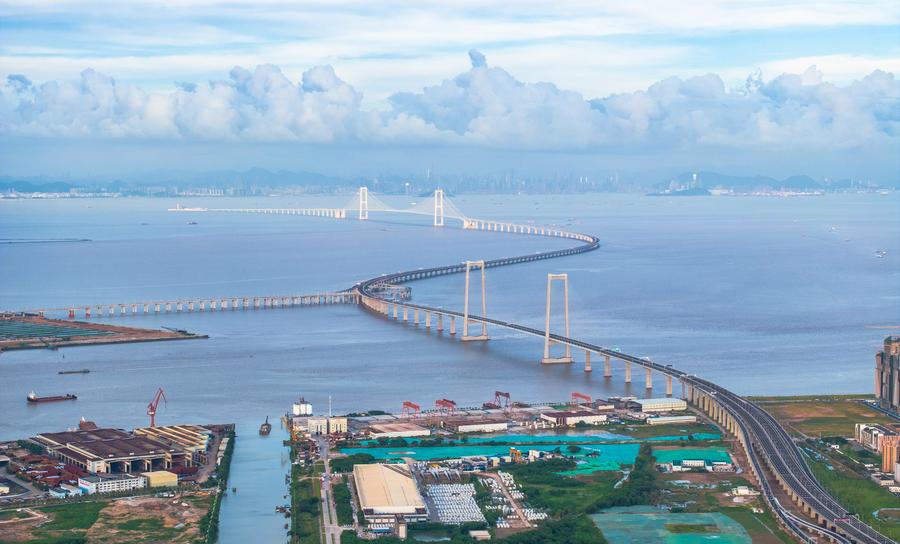WNAM REPORT: The Communist Party of China (CPC) has unveiled a comprehensive set of reforms in a document adopted at a key policy meeting that concluded on July 18.
The resolution on further deepening reform comprehensively to advance Chinese modernization details meticulously crafted reform plans that will have a profound impact on the future of the world’s second-largest economy.
As early as November 2023, the Political Bureau of the 20th CPC Central Committee decided that the third plenary session would primarily explore the issue of further deepening reform comprehensively to advance Chinese modernization.
To facilitate this, a document drafting group was established, led by Xi Jinping, general secretary of the CPC Central Committee.
Xi straightforwardly pointed out that the chosen theme serves as a strong message to both domestic and international audiences, underscoring China’s unwavering commitment to reform and opening up.
In late November last year, the CPC Central Committee issued a circular to solicit opinions on the agenda of the third plenary session of the 20th CPC Central Committee from within the Party. The opinions and suggestions of some non-CPC personages were also solicited.
To make reform measures more targeted and problem-oriented, the drafting group had conducted extensive research and studies.
The resolution’s drafting process took over seven months.
On Dec. 8, 2023, Xi chaired the first meeting of the document drafting group, officially starting the drafting work.
In that month, the drafting group initiated research into 38 key subjects that involved 55 central departments and relevant agencies, and formed 78 research reports thereafter. It also dispatched 16 teams to various regions and departments to conduct research.
The opinions from leaders of the Party and the country, as well as provincial and ministerial-level leading officials, were recorded as exclusive interview reports, with each of the reports reviewed by Xi.
Xi expected the resolution to play an overarching and guiding role in further deepening reform comprehensively, give prominence to key areas, and focus on major reform measures that are of strategic significance to Chinese modernization.
The text of the draft resolution was distributed on May 7 to select Party members for consultation.
On May 20, Xi chaired a symposium to listen to views and suggestions of non-CPC personages on the resolution.
A few days later, he convened another symposium attended by scholars and representatives from state-owned enterprises, private companies and foreign firms when he inspected east China’s Shandong Province. Xi listened to views and opinions on various issues.
By May 30, 1,911 suggestions from various regions, departments and sides had been gathered. A total of 221 revisions had been made accordingly.
During the drafting process, Xi convened a series of meetings of the Political Bureau of the CPC Central Committee and its Standing Committee.
He also studied and edited each version of the draft resolution and made important instructions.
The 20th CPC Central Committee started its third plenary session on the morning of July 15.
During the session, Xi made an explanation of the draft resolution, and the plenum’s attendees, including 199 members and 165 alternate members of the Central Committee, were divided into 10 groups to conduct in-depth exchanges and discussions on revising the draft resolution, with 205 suggestions proposed.
On the evening of July 17, Xi chaired a meeting of the Standing Committee of the Political Bureau of the CPC Central Committee, where attendees heard reports on the discussions and revision proposals before deciding to make 25 revisions to the resolution.
On the morning of July 18, the revised version was submitted to the plenum to solicit opinions. With another two revisions being made, the draft resolution was finalized.
With a focus on advancing Chinese modernization and implementing the strategic plans made by the CPC’s 20th National Congress, the resolution has 60 subsections.
Serving as a declaration of objectives and a roadmap for overcoming challenges, the resolution calls for “ensuring the implementation of reforms with relentless perseverance.”
The resolution, which lays out the strategic plans to further deepen reform comprehensively, will be translated into mighty forces advancing Chinese modernization.


